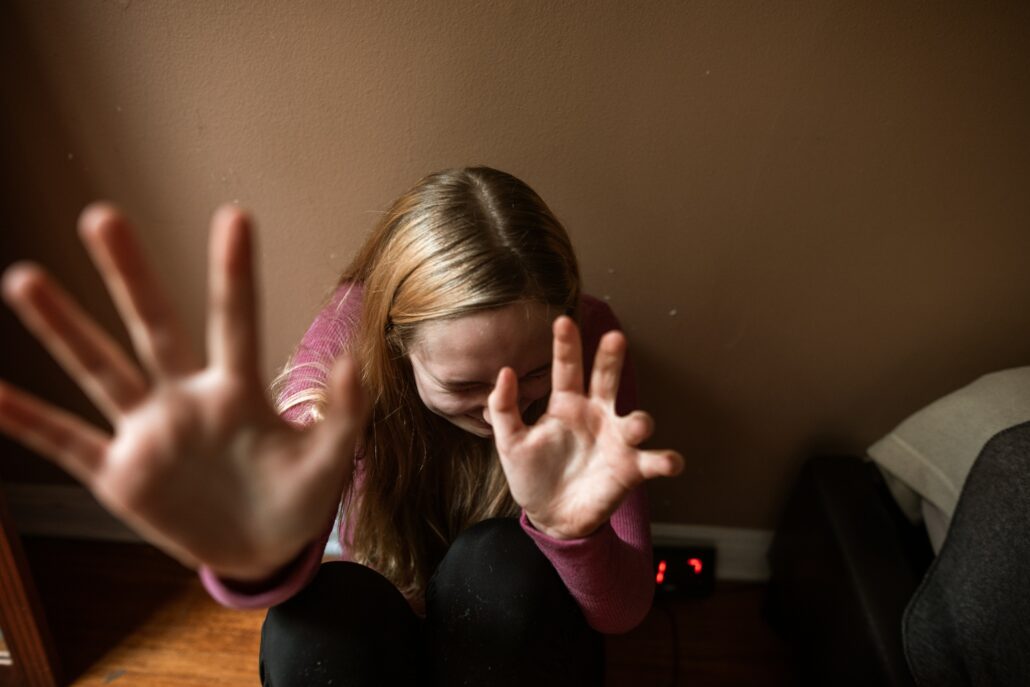
Creating a Culture of Kindness in Schools
Violence among students is a serious issue that affects not only the individuals directly involved but the entire school community. Acts of bullying, fighting, or intimidation create an environment of fear that hinders learning and personal growth. Every student deserves to feel safe, respected, and supported when they walk into a classroom, and stopping violence starts with recognizing the problem and committing to change. One of the most effective ways




